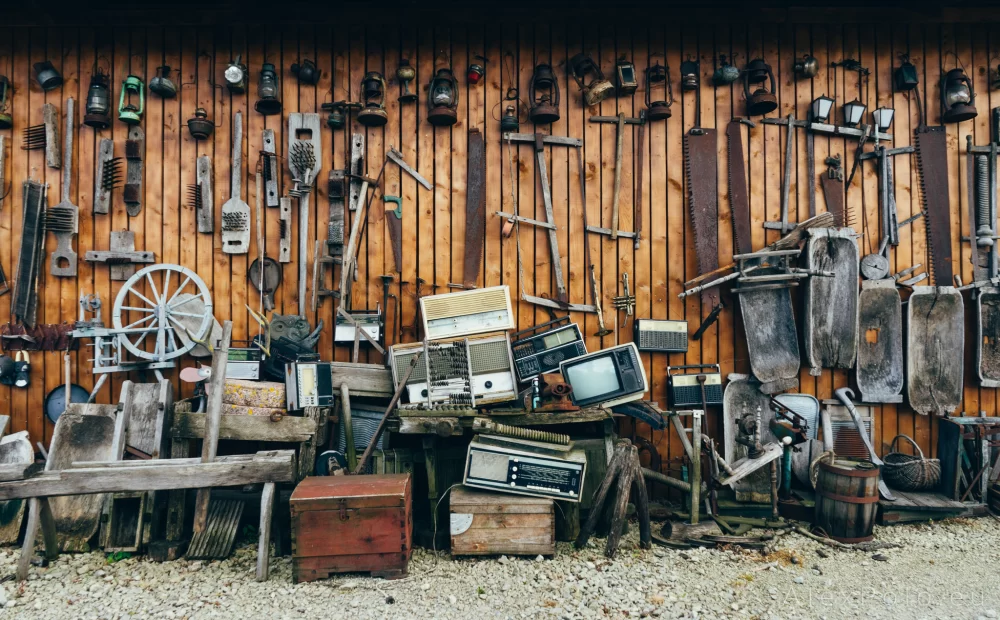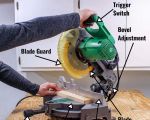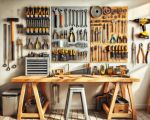Essential Table Saw Safety Tips for DIYers
As a DIY enthusiast, I've always been passionate about creating projects at home. But over the years, I've learned that no matter how experienced you are, working with power tools—especially a table saw—requires a high level of caution. The table saw is a fantastic tool for cutting wood, but it can also be dangerous if not used properly. In this article, I'll share the table saw safety tips that have helped me and many other DIYers stay safe while using this powerful tool.
1. Always Wear Safety Gear
Before I even start using the table saw, I make sure I am properly geared up. Safety glasses are a must. I’ve been caught by sawdust a few too many times, and trust me, it’s not fun. But more than just the dust, flying debris can be sharp, and a simple eye injury could set you back for weeks.
In addition to safety glasses, wearing hearing protection is crucial. The noise from the saw can cause hearing damage over time, especially if you’re working for hours. I personally use earplugs, but earmuffs can also be a good option. Also, don’t forget to wear a dust mask to protect your lungs from inhaling the fine wood particles that are common when cutting.
2. Check the Blade and Table Before Use
One of the first things I do is make sure the blade is in top condition. A dull blade can cause the saw to work harder, which increases the chances of kickback—a serious safety concern. I always check for any cracks or damage in the blade and replace it if necessary.
Additionally, I always check the table for debris, leftover pieces of wood, or any tools that could interfere with the cut. I’ve learned the hard way that even the smallest obstruction can lead to dangerous situations. Ensuring the table is clean and free of obstructions can prevent accidents.
3. Keep Your Hands at a Safe Distance
One thing I can’t stress enough is keeping your hands well away from the blade. It’s easy to get caught up in the excitement of a project, but you should never reach over the blade or stand directly in front of it while cutting. I always use push sticks or blocks to guide the wood through the saw, especially for smaller pieces. These tools help keep my hands at a safe distance and provide more control during the cut.
4. Use a Riving Knife or Splitter
A riving knife or splitter is a simple tool that can significantly reduce the risk of kickback. It helps to keep the wood from binding against the blade, preventing sudden, dangerous movements of the wood. When I first started using a table saw, I didn’t always use this feature, but over time I’ve realized just how important it is. It’s now one of my top priorities every time I set up the saw.
5. Maintain a Stable Position and Good Posture
When I work with a table saw, I always make sure I’m standing in a stable position. I’ve seen a few people lose control of their cuts because they were standing in an awkward position, leaning too far over the machine, or not paying attention to their body stance. I make sure my feet are shoulder-width apart, and I stand to the side of the saw, not directly in line with the blade.
6. Never Reach Over the Blade
Another vital piece of advice I can give is to never reach over the spinning blade. It’s tempting to adjust or move a piece of wood mid-cut, but this is extremely dangerous. If the saw kicks back or the wood shifts suddenly, you could be at risk of serious injury. Always wait until the blade has stopped completely before making any adjustments.
7. Keep the Saw Blade Guard in Place
It might seem like a hassle to keep the blade guard on the saw, but it’s there for a reason. It protects you from the blade when it’s not in use and helps to prevent accidental contact. I’ve noticed that many DIYers, including myself in the past, remove the blade guard for convenience, but after some serious research and advice from experts, I now always leave the blade guard in place. It’s a simple step that can save you from injuries.
8. Make Sure the Fence is Aligned
Ensuring the fence is properly aligned is crucial for making straight, accurate cuts. I’ve had a few instances where I thought the cut was going perfectly, only to find that the fence was slightly off. This could lead to not only inaccurate cuts but also dangerous situations if the wood jams or kicks back. I make sure to double-check the alignment every time before starting a new project.
9. Understand the Saw’s Capabilities and Limitations
One of the biggest lessons I’ve learned is understanding the saw’s capabilities and limitations. Some projects might require a different type of saw or cutting method, and using a table saw for cuts outside its intended range can be dangerous. I’ve learned to assess each project and use the right tools for the job. For instance, trying to cut thick hardwood with a saw that isn’t powerful enough could put you in a risky situation.
10. Regularly Maintain the Table Saw
Finally, keeping the saw in proper working condition is essential. I schedule regular maintenance for my table saw, including cleaning the motor, checking the blade tension, and lubricating the parts. When I neglected this aspect in the past, I encountered more issues with accuracy and performance. Now, with regular care, my saw works more smoothly and safely.
By following these simple yet crucial safety tips, I can confidently say that my experience with table saws has been much safer and more enjoyable. With the right preparation and mindfulness, anyone can enjoy the benefits of using a table saw without compromising on safety.









